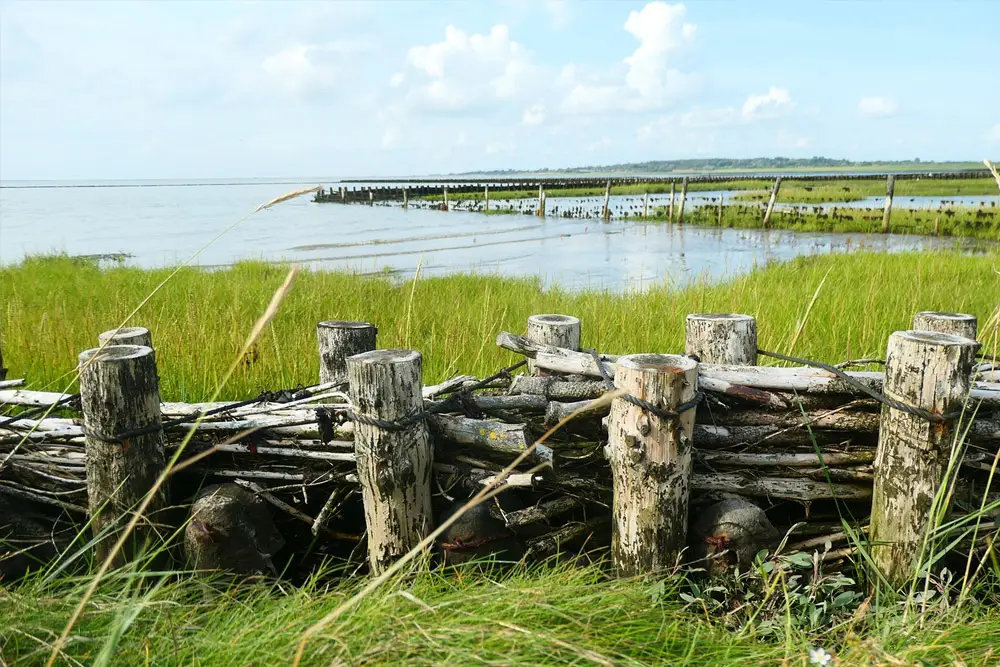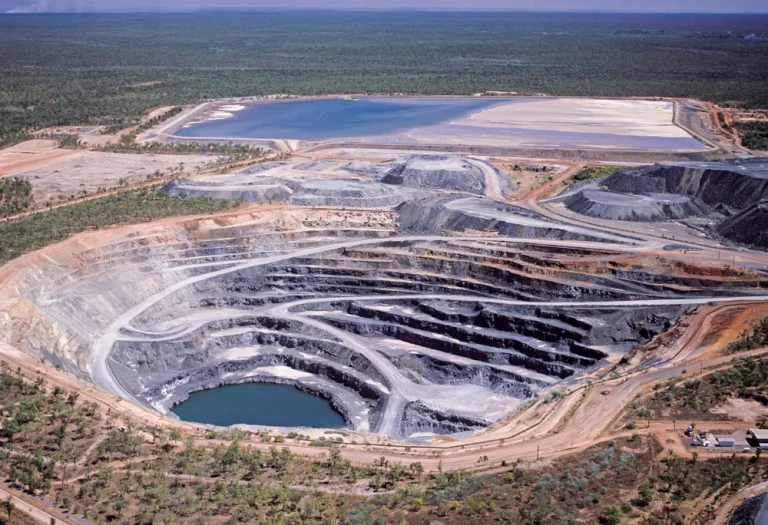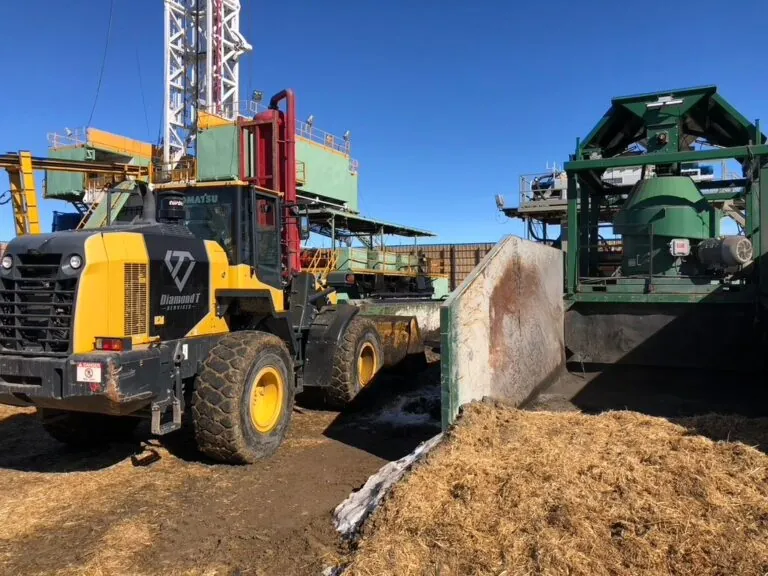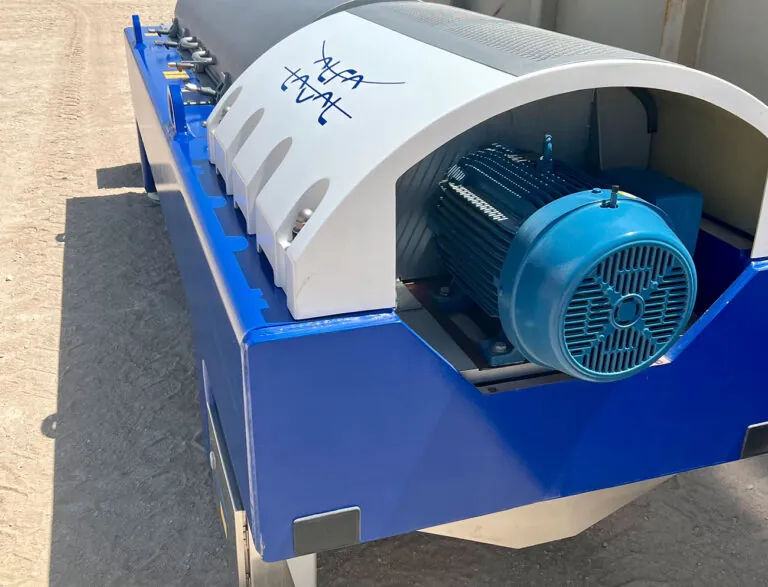Land reclamation is the process of creating new land from a body of water – such as the ocean, riverbeds or lake beds. This can also include land reclamation in the aftermath of natural occurrences like landslides or other issues from inclement weather. Simply put, land reclamation is the process of returning damaged land to a more acceptable condition.
This process can be applied to any land where the natural conditions have been degraded or damaged. Natural issues can create a need for this, but it can also be required to rehabilitate land from the processes of mining or drilling for oil and gas. It is most commonly applied to areas to improve the drainage, control habitats and erosion, and protect both surface and groundwater resources.
Benefits of Land Reclamation
By restoring the land to its original – or an improved – state, the process allows the land to thrive, keeping the soil fertile and promoting areas of grow. This helps the ecosystem by returning the balance to the land. It can also create more land in an area where damaged land could adversely affect the population. Damaged land can harm the ecosystem, make an area undesirable, or reduce the quality of life. Land reclamation can remedy all of that by returning it to the original state.
Land reclamation can not only create extra land, and improve the quality of the land, but it can also help the environment. One of the biggest losses that areas of damaged land incur is a diminished water supply – and that impacts all of the life forms in the affected area. If there was a disaster such as a spill, reclamation can reverse any contamination to the area’s water supply, which helps the residents and the other animals that call that area home.
Disadvantages of Land Reclamation
Land reclamation is generally thought of as providing benefits for humans. However, making sure there is a conscious effort to be mindful of the environment is critical in these situations. When working to reclaim land, the work needs to be done diligently. There is a drastic change when land is created or repaired, and that can disturb the habitats during the process. Construction can be disruptive, and being aware of the surrounding ecosystem and the pollutants that are involved is important in planning the reclamation.
Working with companies that have a commitment to how the improvements impact the environment is crucial. By making sure the focus isn’t just on the land that’s being worked on, but also the area surrounding the work site. Taking everything in the area into account not only will provide for a better overall project and experience, but it will also stay true to the goal of getting the land back to its original state. At the very least, it’s important to keep the environment in mind during the process to ensure that more damage isn’t being done. For more information on land reclamation, and what these projects entail, reach out to the experts at Diamond T Services today.






